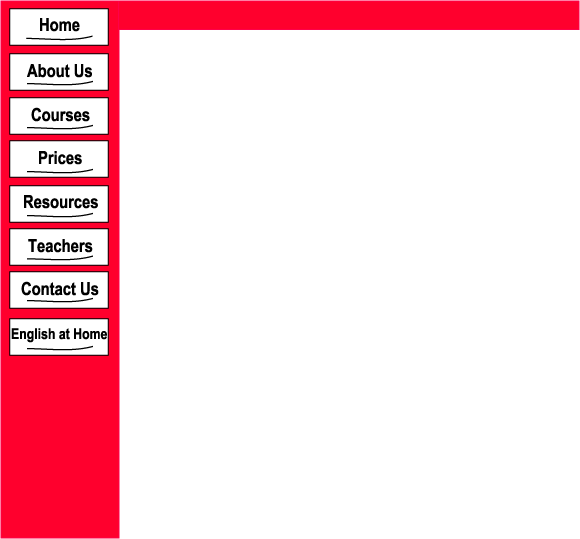


Before starting a course, we have to collect a lot of information from our clients so that we can understand exactly what the needs of the employees are. We then analyse the information and design a course which will meet these needs.
We have to find out what work the employees have to do in English and what language they need for this. There are two methods of doing this. Firstly, we analyse the activities which the employees do in English and describe the language knowledge that they need for this. Secondly, we analyse real samples taken from the employees job, such as letters they have written or manuals that they must read.
We also need to know some information about the employees, such as their educational background, knowledge of other languages and perhaps also some personal information such as interests, age and backgrounds. Most of this information can be given to us by the training manager, or whoever is organising the course. However, we often find it useful to ask the employees to fill in short questionnaires before the course starts about themselves, their work and also what they would like to learn from the course. All this information helps us to prepare the course properly.
Another important part in designing a course is finding out the current level of the employees' English. This allows us to choose the right books and other materials and to put the employees' in the groups of the same ability. Click here for more information on testing at English at Work. We then compare the current level of the employees with the level that they must reach in order to perform their jobs effectively. The difference between the current level and the required level is called the 'training gap.' If the training gap is large then more training is needed to reach the required level.
When designing a course, then, we look at the requirements of the employees’ jobs, the language skills needed to do this, the relevant characteristics of the employees and the current and required levels of language ability. This then becomes the basis for the course. We describe this in the contract that we sign with each client – we call it the course objectives. We also set out the methods for achieving these objectives. We try, as much as possible, to use tasks that simulate the learners’ real, working situation.
